
How to grow ginger easily at home

Growing ginger at home is surprisingly easy and rewarding. Follow these guidelines to ensure you always have fresh ginger available without the need to purchase it from the store.
Selecting the Right Ginger Variety
Choose Smaller Rhizomes:
Opt for smaller ginger varieties, such as young ginger types like “gừng sẻ” or “gừng dé,” rather than larger ones. These smaller varieties are typically more flavorful and aromatic. The plants also tend to grow to a manageable height with strong, healthy leaves.
Quality Matters:
Select ginger pieces that are plump and smooth. Avoid those with cracked skin, dryness, shriveling, or missing growth buds (“eyes”).
Preparing the Pot and Soil
Pot Size:
Use a plastic or ceramic pot that is roughly 35 to 40 cm tall and 30 to 35 cm wide to provide adequate space for root development.
Soil Composition:
Ginger grows best in loose, well-draining soil rich in organic nutrients. A good mix is two parts clean soil to one part nutrient-rich soil. Alternatively, you can mix paddy straw, rice husk ash, and worm castings in a 1:2:1 ratio for excellent results.
Growing in Burlap Bags:
If you prefer, growing ginger in a burlap bag is also a great option and can encourage healthy growth.
Planting Instructions
Soak the Rhizomes:
Soak your ginger pieces in water overnight to encourage sprouting.
Cut into Sections:
Cut the ginger into smaller segments weighing about 40 to 60 grams each. Make sure each piece has a visible bud (“eye”). Discard any pieces without buds.
Planting Process:
Fill the pot halfway with soil and gently compress it. Plant two pieces of ginger about 2.5 to 3 cm below the soil surface.
Watering:
Water lightly 2 to 3 times daily. Avoid planting too deep to prevent waterlogging, which can cause rot.
Caring for Your Ginger Plants
Sprouting:
Ginger will typically sprout within 20 days. When several leaves emerge, reduce watering to once daily. Keep the soil moist, especially while rhizomes are developing, but avoid overwatering.
Sunlight:
Place the pot on a balcony or indoors with access to indirect sunlight. If possible, give the plant 5 to 6 hours of sunlight daily for a more abundant harvest.
Fertilization:
Once the ginger starts to peek above the soil, add a 3 to 4 cm layer of nutrient-rich soil on top. Use worm castings or organic fertilizers available from garden centers to boost growth.
Harvesting Time:
After 7 to 8 months, the plant will begin to shed leaves, signaling that the rhizomes are mature and ready to harvest.
Harvesting Tips:
Carefully dig up the ginger to avoid bruising or damaging the rhizomes, which can increase vulnerability to pests and diseases.
By following these straightforward tips, you can enjoy fresh, thick ginger rhizomes all year round, harvested right from your home garden!
News in the same category


4 Healing Drinks to Prevent and Dissolve Kidney Stones

Top vegetable to help reduce visceral fat extremely effectively, nutritionist reveals 4 more easy ways to lose weight
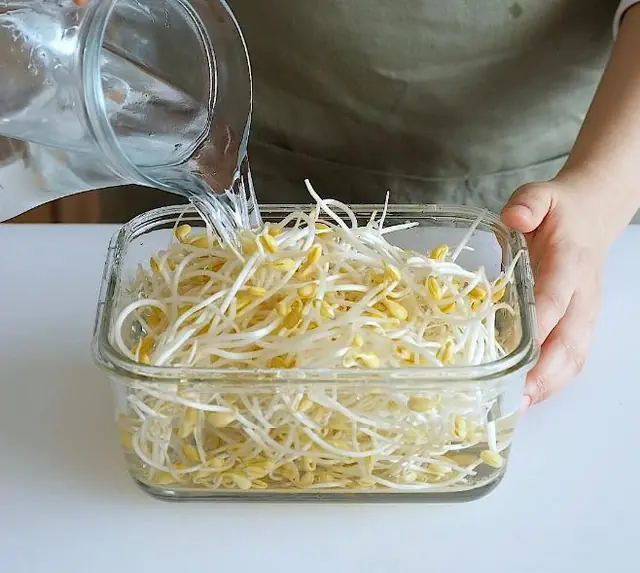
3 Common Yet Har.mful Ways People Store Bean Sprouts — Convenient but Nutrient-Depleting and Risky to Health

2 Hidden Spots in Your Washing Machine That Make Clothes Dirtier

Summer, how to choose the right naturally sweet ripe watermelon: No need to type, just look at one spot and you'll know right away

2 "hidden corners" of the washing machine that make clothes dirtier the more you wash them, 90% of people don't know

These 5 plants are the "nemesis" of formaldehyde: Swallow fine dust, purify air very well

8 habits to keep your kidneys healthy

3 Smart Tips to Keep Shrimp Fresh for a Year—Still Firm, Sweet, and Delicious

4 taboos when defrosting food, know and avoid "inviting disaster"

How harmful is cooking oil for pets when used in food processing?
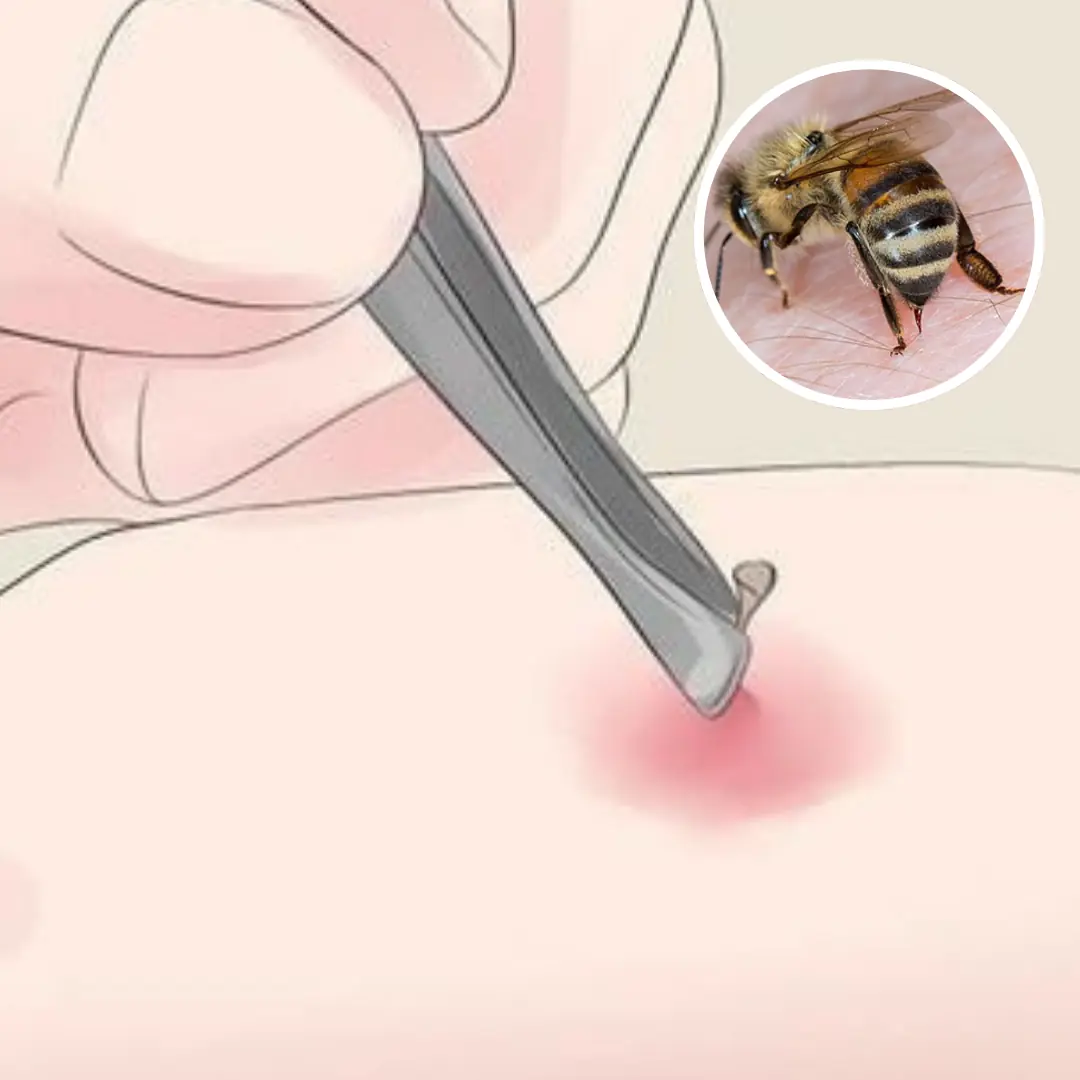
Is bee sting da.ng.erous and what is first aid?
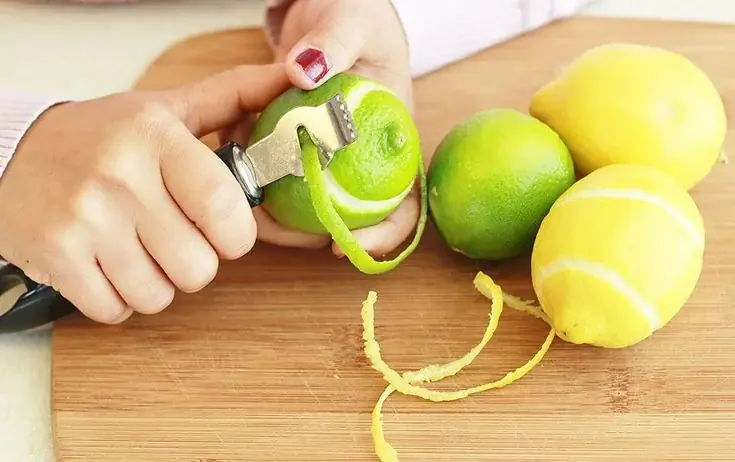
Don’t Throw Away Lemon Peels
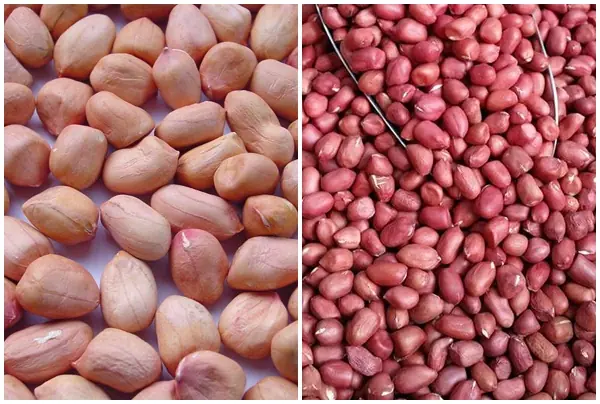
The difference between red peanuts and white peanuts

We have a habit of freezing meat and fish to eat gradually, so how long can frozen food be used to ensure safety and quality?

Want crisp, juicy, and delicious apples?

Ways to Maximize the Health Benefits of Cinnamon
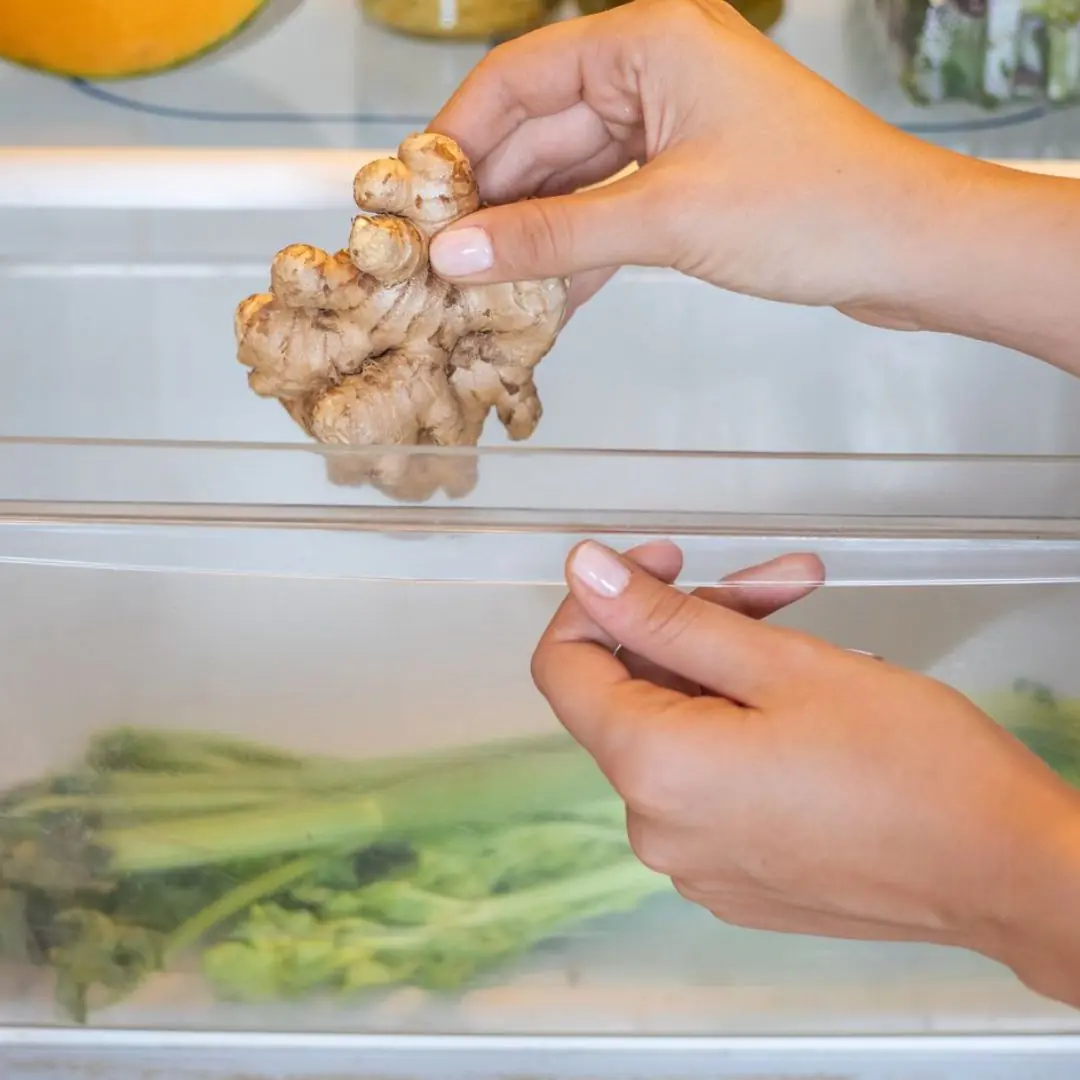
With just a few simple tips below, you can keep ginger fresh for up to 6 months, without refrigeration, without taking much time.
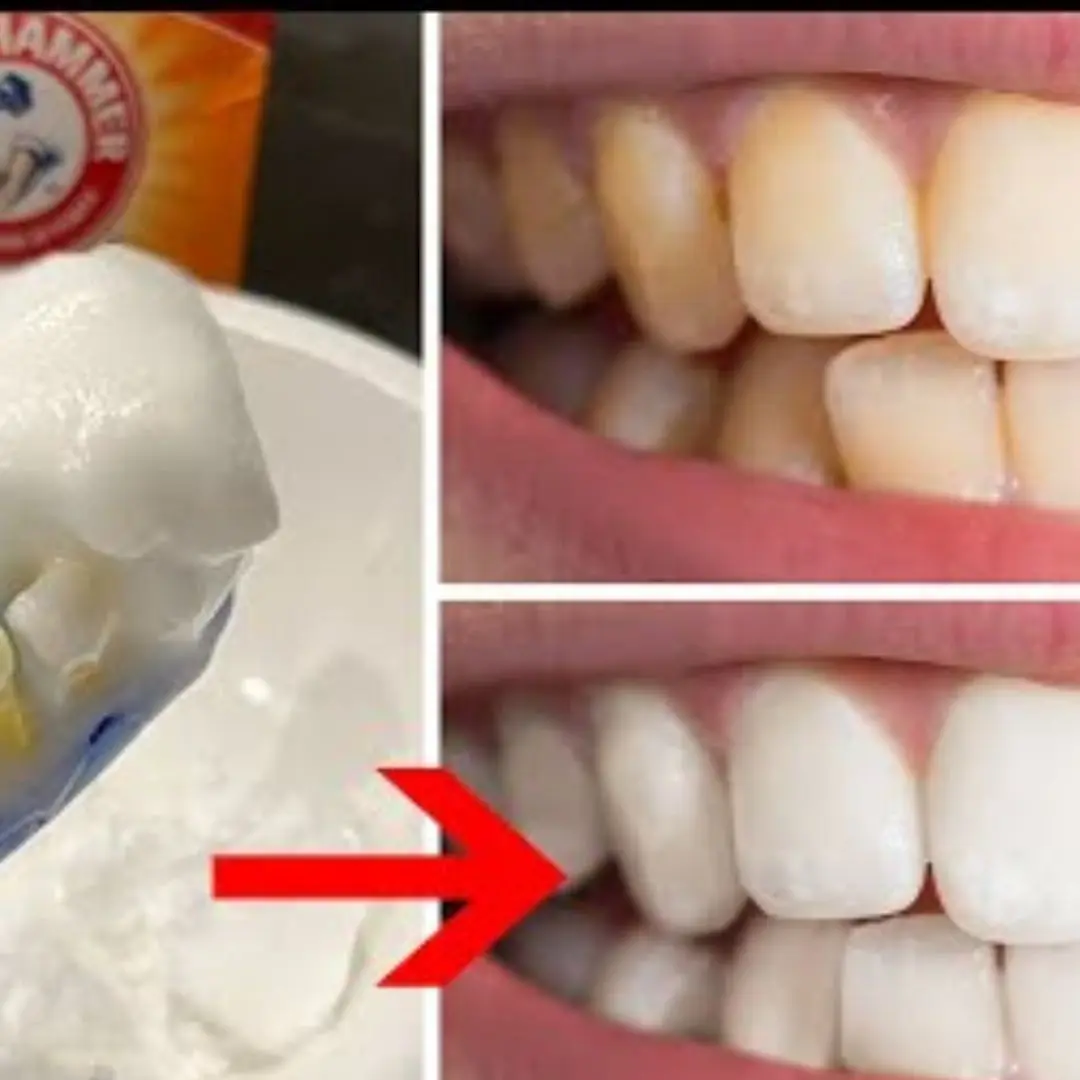
9 Natural Remedies For Teeth Whitening
News Post

The Most Nutritious Part of the Chicken—“Pricier than Gold” Yet Often Thrown Away by Home Cooks
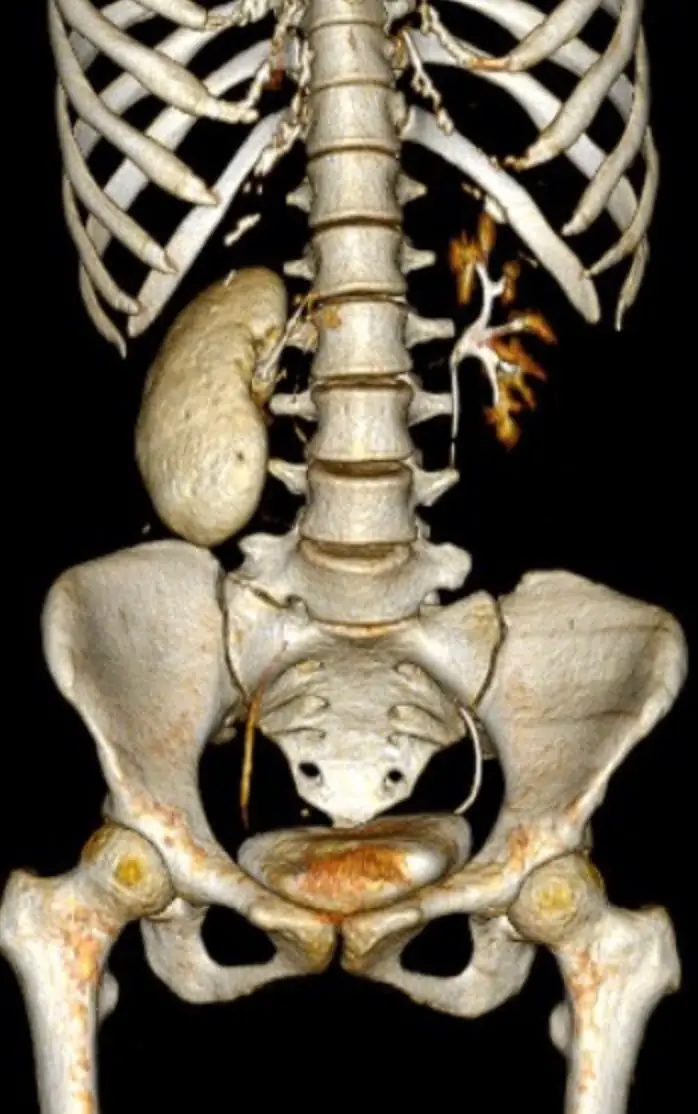
Doctor Urges 4 Actions to Protect Your Body’s "Blo.od Filter"
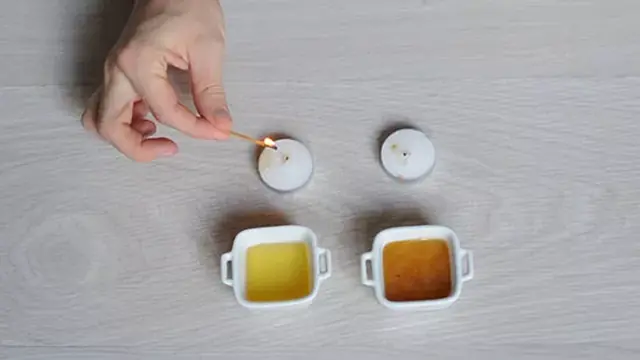
6 Smart Tips for Choosing Quality Honey Sellers Don’t Want You to Know

Can overly hot baths harm your heart and circulation?

7 signs of brain c.a.ncer that are easily confused with other diseases

4 Things to Avoid After 5 PM to Lower Your Risk of Stro.ke

Doctors Warn: This Common Way of Eating Boiled Eggs Can Clog Your Arteries

Blanch Bones First or Simmer Directly?

2 Common Vegetables That Can Harbor Parasites

The 'Vitamin C King' of the Vegetable World

Avoid Swimming If You Spot 'Square Waves'
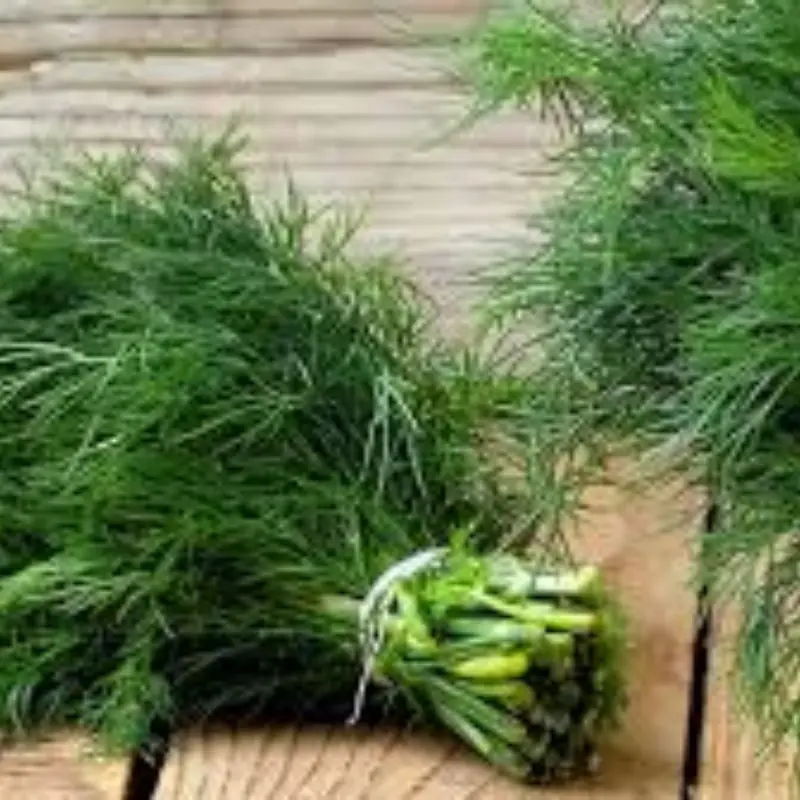
3 Green Vegetables Called the “King” of Sto.mach Protection

Why You Should Not Bring Seeds on a Plane: A Detailed Explanation
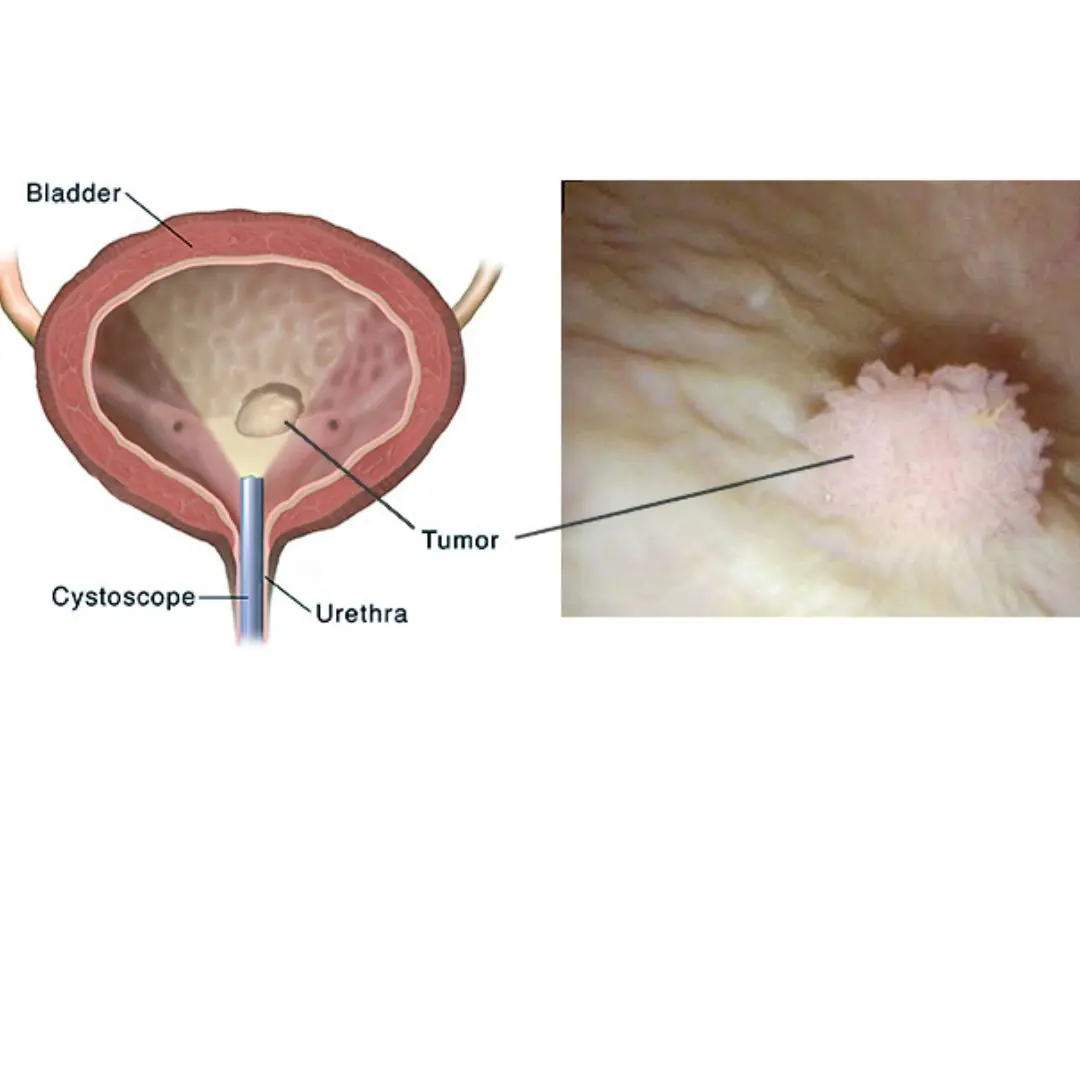
Bladder Ca.ncer: Symptoms You Shouldn’t Ignore

4 Healing Drinks to Prevent and Dissolve Kidney Stones

10 Powerful Reasons a Simple Smile Can Change Your Life

The Surprising Benefits of Donating Bl.o.od

5 types of vegetables and fruits help cool the liver and effectively lower liver enzymes

Top vegetable to help reduce visceral fat extremely effectively, nutritionist reveals 4 more easy ways to lose weight
